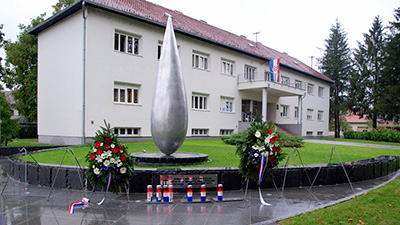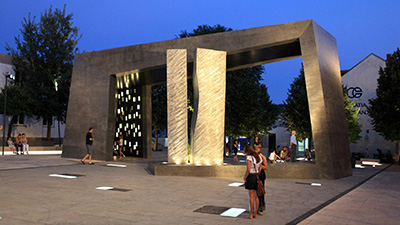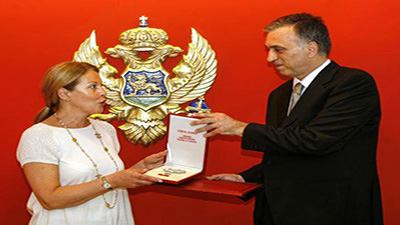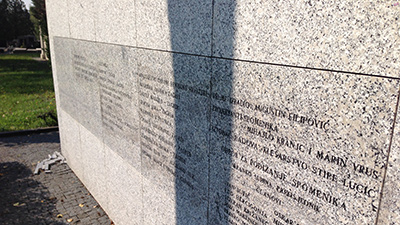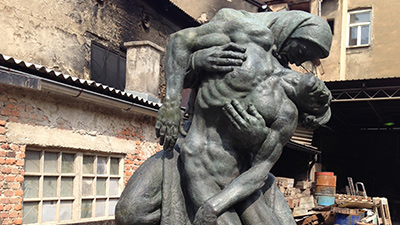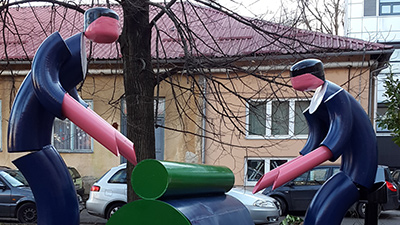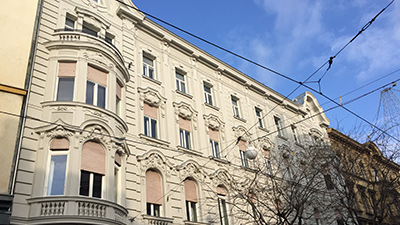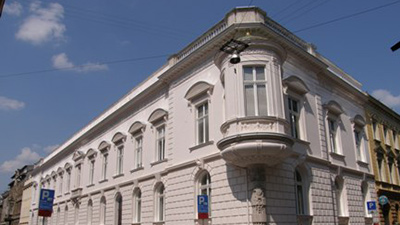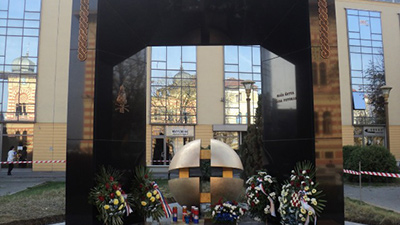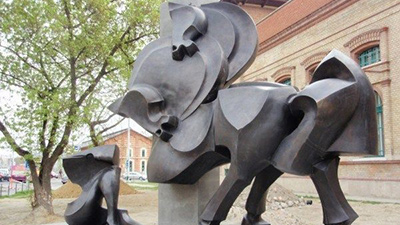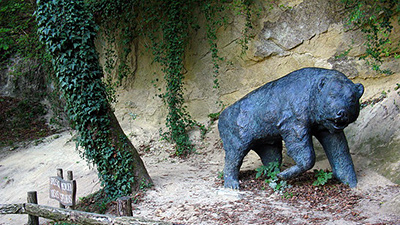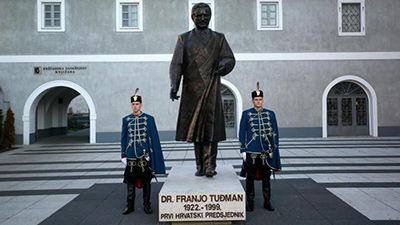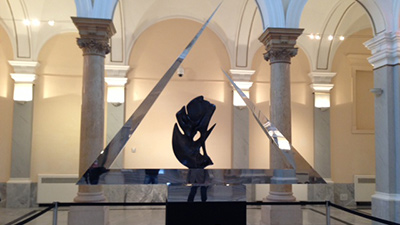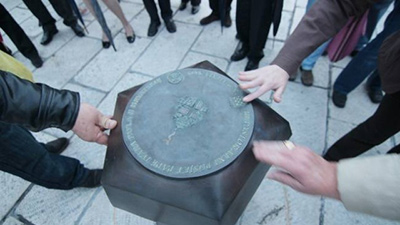CASTING TECHNIQUE
LOST WAX TECHNIQUE
Bronze casting is one of the few occupations where, despite technological advances, the aspect of original craftsmanship is preserved.
In art foundry Ljevaonica umjetnina ALU d.o.o. craftsmen use the method of lost wax to metamorphose sculptures made of wood, stone, ceramics, clay, gypsum, and other materials, into bronze sculptures.
The method of lost wax includes (consists of) the following phases:
- Making “negative” model in plaster
- Making “positive” model in wax
- Wax cleaning, retouching, and chasing
- Building a rock-hard shell around the wax model (Investing)
- Bronze casting
- Removing the rock-hard shell from the metal (Divesting)
- Bronze sculpture chasing and finishing
- Patination
- Placing
The plaster mould
The metamorphosis of a sculpture from the original medium into bronze begins with a plaster mould. To accomplish this, a sculpture is, in two parts, painted evenly with a gelatinous mixture (silicon rubber), and then a plaster mould is built around it. That plaster mould which is the “negative” of a sculpture is then separated from it and represents the base for making the wax model.
The wax model
Two parts of the “negative” mould are evenly coated inside with a layer of the soften wax, about 3 to 4 mm thick like the bronze statue eventually poured in its place. After that, the wax ducts are set in place. They serve as channels through which the metal flows to the surface of the statue when it is cast, and also trapped gas escapes.
Wax cleaning, retouching and chasing
After the wax model has been made, its two parts are put together and the internal space is filled up with a mixture of plaster, fire clay sand, and ground brick. The “negative” is then removed from the mould, and almost perfect wax reproduction, the “positive” of a sculpture remains.
That wax model is cleaned, retouched and chased.
Investing
The wax model is covered with a mixture of plaster, fire clay sand, and ground brick, which creates a rock-hard shell around it. In this process nails and supports are used. Now the wax “positive” is placed between internal and exterior mould.
The mould is then heated (dried) on a high temperature which melts the wax that flows out through ducts, leaving the room for liquid bronze. Thus the name “lost wax method” comes from the process of the wax being “lost” from the shell.
Bronze casting
Liquid bronze is poured in the place of the melted wax. Approximately one hour after the casting, bronze sculpture is cool enough to handle.
Divesting
Divesting is the process during which the internal and exterior investment is removed from the bronze sculpture by skill and strength combined with hammers and power chisels. The ducts and supports are also removed. When clean, the sculpture is ready for further treatment.
Bronze sculpture chasing and finishing
Bronze sculpture is chased and cleaned to remove the slight imperfections that may result from the casting or shell building process. Metal chasing starts with electric or pneumatic grinders to remove the bulk of the unwanted metal. Then, more refined tools are used for working the bronze sculpture to be an exact copy of the original artwork.
Patination
Patina is applied on a bronze sculpture by heat and chemical mediums. Three water soluble compounds form the basis for most patinas: Ferric Nitrate produces red and brown colours, Cupric Nitrate creates green and blue colours, and Sulphurated Potash produces black. In Ljevaonica umjetnina ALU other sorts of patina are also used, depending upon wishes of an artwork creator.
After the patination, a sculpture is protected with a thin coat of clear wax
Placing
Finally, the bronze sculpture is installed indoor or outdoor onto prepared post.
SAND CASTING TECHNIQUE
This method is used for casting smaller artworks such as plaques or other objects which model can be unidirectionally impressed into sand.
Such models can be made of wood, metal, firm wax, glass, plastic, and any other material capable to retain its shape during sand depositing. The model is plastered with separator to prevent its sticking to the sand.
The sand is a mixture of quartz sand or the natural moulding sand.
The prepared sand is sprinkled over the model using the frame which can be a simple box made of steel or wood. The frame consists of two parts, upper and lower half. The sand is sprinkled into the upper half until it is spread all over its bottom, and the model is then placed into lower half. The sand is then deposited and pressed around the model until it becomes nice and firm.
Two or more casting gates or sprues are cut into the sand starting at the model area and moving to the open section of the frame wall. They serve as channels for the flow of the liquid metal into the frame.
The sand is made level on the lower half’s top surface, and more separator is then applied on that surface as well as on the model. After that the upper half is set on the lower half of the frame, more sand is deposited and firmly pressed around the model. Then the upper half can be set apart from the lower half. The shape of the model is now impressed into the sand in the upper half, and the model is removed from the lower half of the frame.
The upper half is placed on the lower half and secured. Into thus prepared frame the liquid bronze is poured through channels.
Upon cooling, the cast is removed from the frame, as well as gates and sprues, and the sand can be used again.
The work of art is now ready for the further treatment, chasing and patination.
Milka Bubić Jakić
Video



